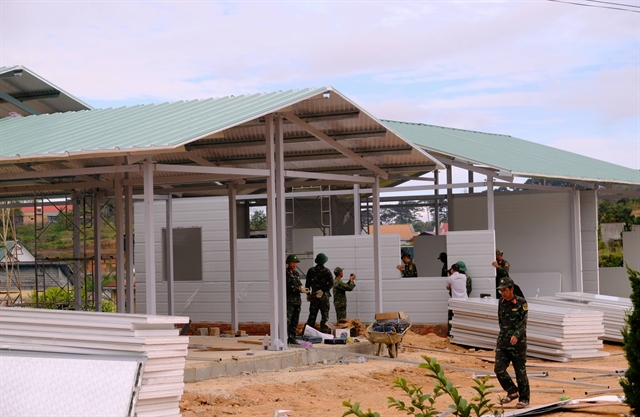 Society
Society


|
| Việt Nam will accelerate the use of data science in statistical development tasks. Photo dreamstime.com |
HÀ NỘI — Việt Nam will accelerate the use of data science and big data technology in performing statistical development tasks, according to a newly issued document signed by Minister of Planning and Investment Nguyễn Chí Dũng.
The decision on the implementation of the Việt Nam Statistical Development Strategy for the 2021-30 period, with a vision to 2045 set out tasks and solutions, including perfecting institutions; renovating organisational models; developing human resources; and modernising data collection, processing, and administration.
It is also important to increase the quality and effectiveness of international cooperation activities; step up scientific research, and innovation; as well as strengthening inspection works and mobilising financial sources.
Notably, the statistical sector will apply data science to exploit data sources used to calculate the consumer price index of commodity groups; as well as big data technology to compile statistical indicators serving management activities, among others.
The decision took effect on July 5.
The plan is to provide statistical information in line with international standards, and form a quality national statistical information system.
The statistics sector aims to reach an advanced development level in ASEAN by 2030 and meet global standards by 2045.
Around 85 per cent of paper questionnaires will be replaced with online ones by 2025 and the figure will rise to 95 per cent by 2030. Meanwhile, at least 80 per cent of statistical products will be provided in a timely manner to users by 2025.
Micro-statistical data is hoped to meet at least 30 per cent of the demand of domestic and foreign users by 2025, and 60 per cent by 2030. —VNS




